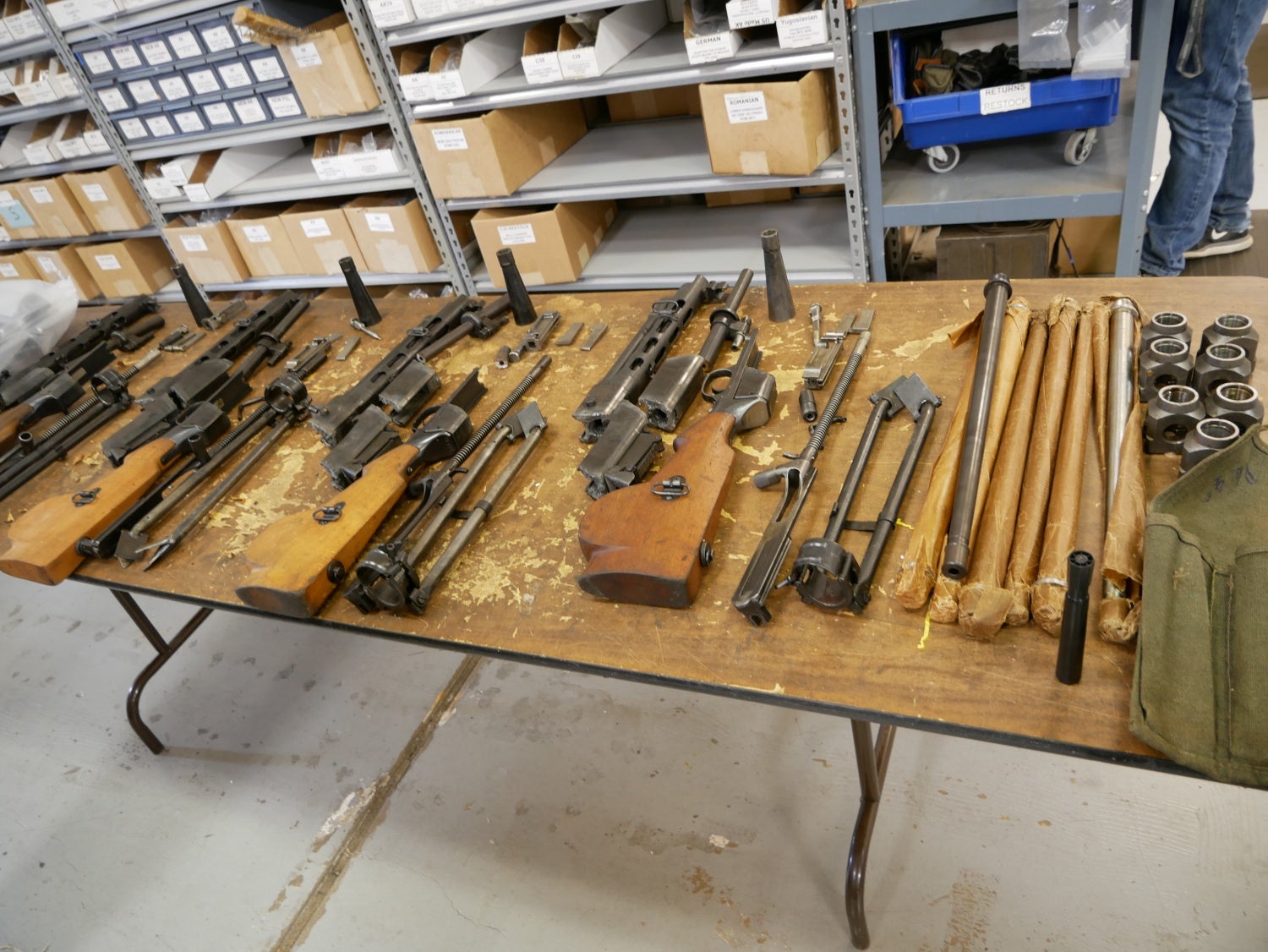It doesn’t matter if you’re an professional or amateur shooter, the parts of your optic contribute to getting the most out of your shooting. A thorough understanding of components can help ensure that your optic performs best in every shot.

Optic Parts: Understanding their Value in Shooting Sports
When it comes to shooting sports, whether it be hunting, competitive shooting, or just casual plinking at the range the need for a reliable and accurate firearm is important. Optic parts are an element that is often ignored, but is crucial for precision and precision. Optic parts, sometimes referred to as sights, are put on firearms to aid shooters achieve greater accuracy and efficiency. This article will explain the benefits and importance of optic parts, as well as how they increase your shooting ability.
What are Optic Parts?
Optic parts let shooters focus their guns more precisely. Optic components come in a variety of varieties, such as iron sights, red dots, holographic sight, magnified scopes and the holographic sight. Each part of an optic is unique and has its own advantages. Your preferences for shooting and shooting preferences will determine which part of the optic you select.
Iron sights are the most simple type of optic part that is typically seen on guns that have been used for decades. They consist of front and rear sight post. The shooter can align them so that they are pointed at the desired target. Red dot sights utilize an LED that is small to make an illuminating reticle that appears like a dot in the eye. This sight is popular due to its speed and ease-of-use. Holographic sights create one by using a laser. They are frequently used in tactical and military applications. The magnified scopes are equipped with lenses which magnify the target in order to allow you to shoot at distances of a long distance.
Optic Parts – Why Are They important?
Optic parts are vital as they permit shooters to focus more precisely and effectively. Through the use of optical components, shooters can focus more precisely, particularly at higher distances. Optic components speed up target acquisition that allows shooters to aim quicker and more accurately. Optic parts also aid shooters in their ability to shoot accurately in low-light conditions, making them essential for shooting in tactical or hunting situations.
How to Select the Best Optic Parts
The right choice of optic parts is vital to improve your shooting skills. You must consider the shooting requirements of your shooter, your budget, and the type of firearm you are using when choosing an optic part. The magnification and reticle are crucial.
Magnification is the term used to describe the zoom an optics component offers. Magnified scopes are often used for long-range shooting because they allow shooters to accurately shoot targets from hundreds of miles away. Magnified scopes do not work for close-range shooting. Shooters who practice tactical shooting love red dots and holographic sights for their ability to quickly acquire targets and close-range shooting.
The type of reticle is an important factor to consider when choosing an optic part. Different types of reticles may be utilized in different shooting conditions. A crosshair reticle for example, is the best choice to shoot at targets. But the BDC (bullet Drop Compensating) Reticle, on the other hand, is great for long-range shooting.
Maintaining your Optic Parts
It is essential to properly maintain your optics parts after you’ve selected them. Proper maintenance will ensure your optic parts are reliable and accurate for many more years to come. Essential maintenance tasks include cleaning the lens, checking the zero and appropriately storing optic parts when not when not in use.
It is vital to clean your lenses in order to ensure that your optics parts produce a clear, accurate image. To clean the lenses make use of a microfiber cloth as well as an eye cleaner. Avoid using paper towels or rough ones because they could scratch the lenses.
Checking the zero of your optic parts ensures that they’re aligned properly. With time, recoil as well as other causes can cause optics parts to be misaligned. To determine the correct zero, take a few shots at a goal and adjust the optics according to the need.
For more information, click Glock trigger
Leave a Reply